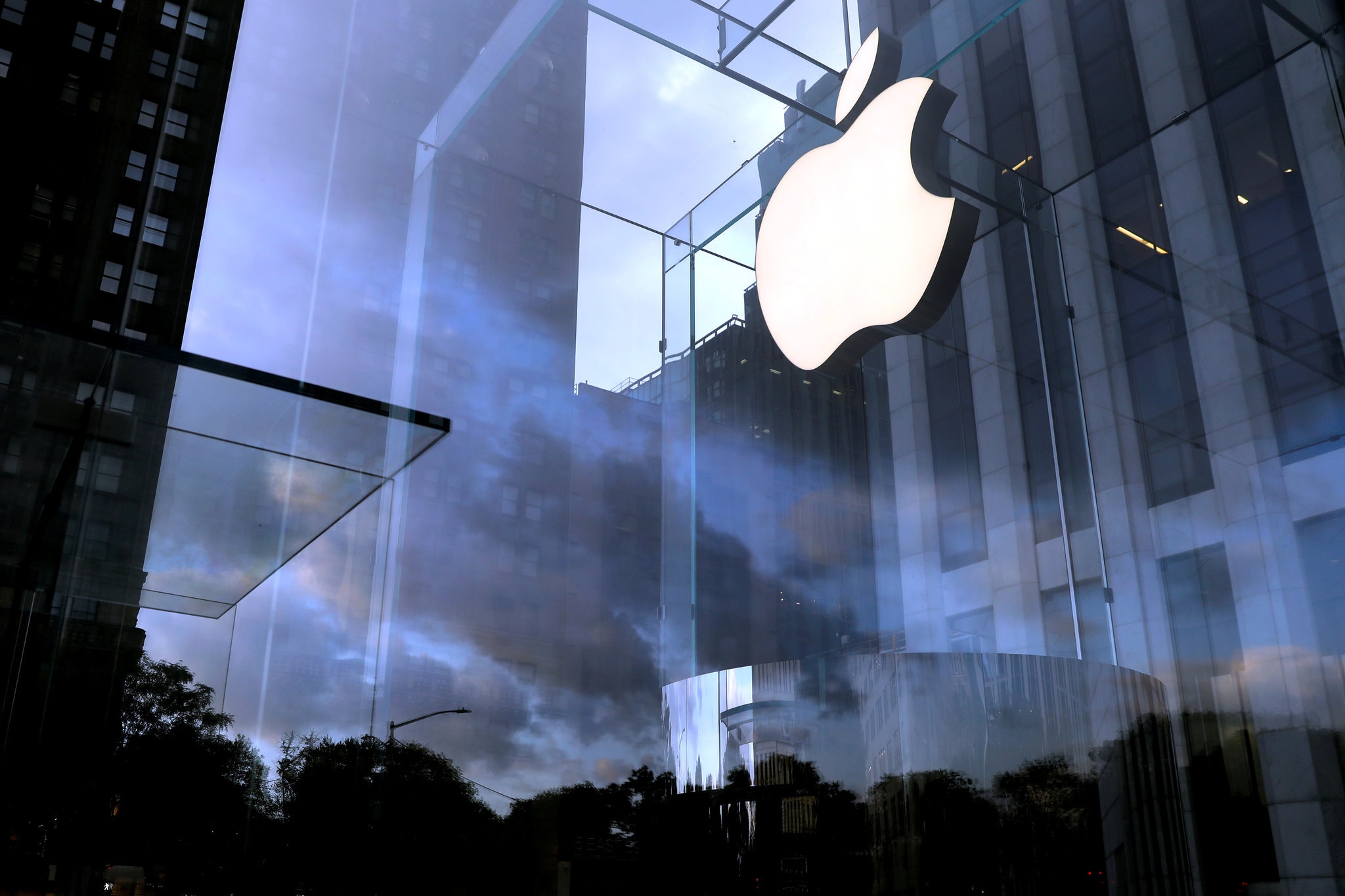With most of the nation on lockdown, technology companies like Amazon and Apple benefited as consumers found other ways to spend their money.
Apple said on Thursday that its revenue grew by nearly 1 percent in the first three months of the year as the company was able to make up for sales declines in China, which was locked down for much of the quarter because of the coronavirus.
The company’s income was bolstered by surging sales of its internet services and the Apple Watch and AirPods.
Apple typically forecasts its sales for the next quarter but declined to do so on Thursday. Analysts expect the current quarter to be much uglier because of virus-related shutdowns around the world.
Apple showed confidence in its financial footing though by announcing another $50 billion in stock buybacks.
The spread of the coronavirus played right into the hands of Amazon’s core businesses, as consumers shopped more online and companies spent more on cloud computing. Those two pillars of Amazon’s business drove sales to their highest on record outside of the holiday shopping season, the company said on Thursday.
Amazon reported that it had $75.5 billion in sales in the latest quarter, up 26 percent from a year earlier, surpassing analyst expectations. Profit fell about 29 percent, to $2.5 billion, because it cost more to meet the increased customer demand.
Amazon’s chief executive, Jeff Bezos, signaled that profit may continue to fall in the near future. The company would typically expect to make around $4 billion in operating profit in the next quarter, but “we expect to spend the entirety of that $4 billion, and perhaps a bit more, on Covid-related expenses getting products to customers and keeping employees safe,” he said in a statement.
The S&P gained nearly 13% in April, its sharpest rise since 1987
The rally, even in the face of crushing economic data, highlights investors’ confidence that things will return to normal sooner than they thought when stocks were collapsing in late February and early March.
The S&P 500 closed down nearly 1 percent on Thursday, but it was a small retreat in an otherwise stellar month.
Stocks fell on Thursday, giving up some of their gains from the day before, after reports that showed millions more Americans applied for weekly unemployment benefits and consumer spending collapsed.
The S&P 500 closed down nearly 1 percent, but it was a small retreat in an otherwise strong month for Wall Street. Even with the decline on Thursday factored in, the S&P 500 had its best month since January 1987, a gain that came even as it became increasingly clear that the coronavirus crisis was pushing the United States into a dire economic downturn.
The nearly 13 percent gain this month means the S&P 500 is now up roughly 30 percent from its March 23 low. It’s a rally that has surprised even the most ardent bulls.
“Frankly, I’m shocked by the speed of the rally,” said Julian Emanuel, chief equity and derivatives strategist at the brokerage firm BTIG, who has been expecting a rebound since before the rally began.
The rally, even in the face of crushing economic data, highlights investors’ confidence that things will return to normal sooner than they thought when stocks were collapsing in late February and early March.
Both the Federal government and the central bank have pumped trillions of dollars into the economy and financial markets, lockdown measures appear to be having some success in reducing rates of infection, and some states are laying out the conditions for reopening.

That does not mean the economy is suddenly going to be back on track.
Markets tend to rebound long before any actual improvement in economic fundamentals is apparent, as investors buy shares based on expectations for what will happen later in the year, rather than the current climate. During the last recession, the stock market bottomed in March 2009. But the unemployment rate didn’t begin to drop until October of that year.
Top Wall Street economists expect the second-quarter economic data to look, well, cataclysmic. J.P. Morgan economists, for example, believe the American economy will shrink at a previously unthinkable 40 percent annual rate in the second quarter. The Congressional Budget Office thinks unemployment could hit 16 percent by the third quarter.
It’s also important to recognize that the current rally has been relatively narrow, with an outsize part of the gains for the S&P 500 index attributable to a handful of giant technology companies — Microsoft, Apple, Amazon, Alphabet and Facebook. In April, these companies grew to account for roughly 20 percent of the total value of the S&P.
The rebound in shares of technology companies — in part because their businesses are seen as benefiting in various ways from stay-at-home orders — has been most evident in the Nasdaq composite, which has nearly erased all of its losses for 2020

















No Comment